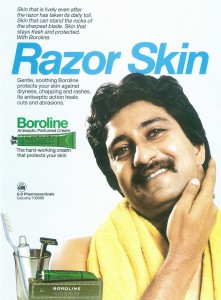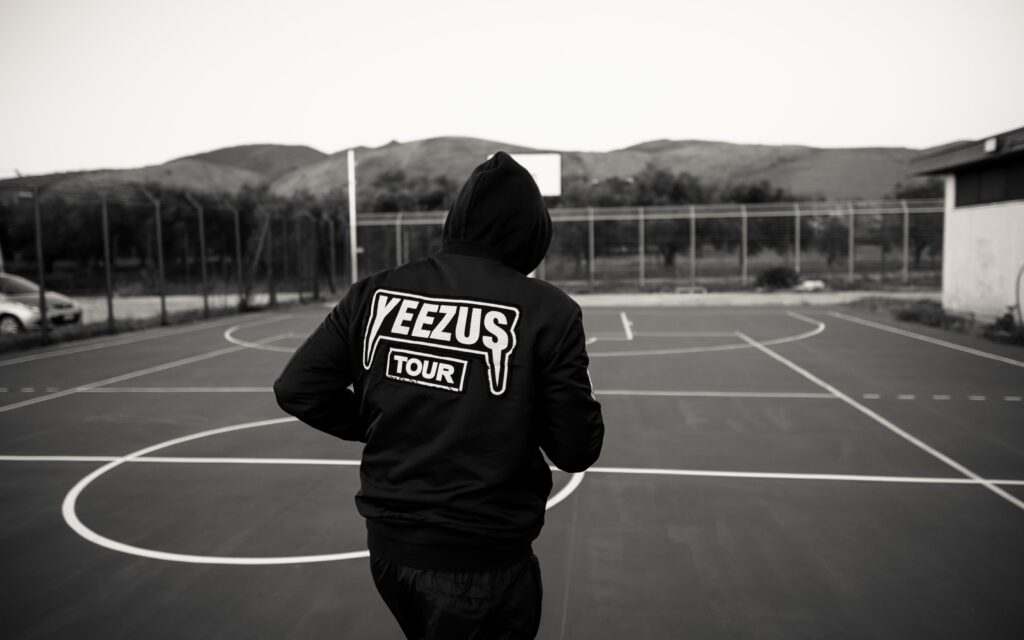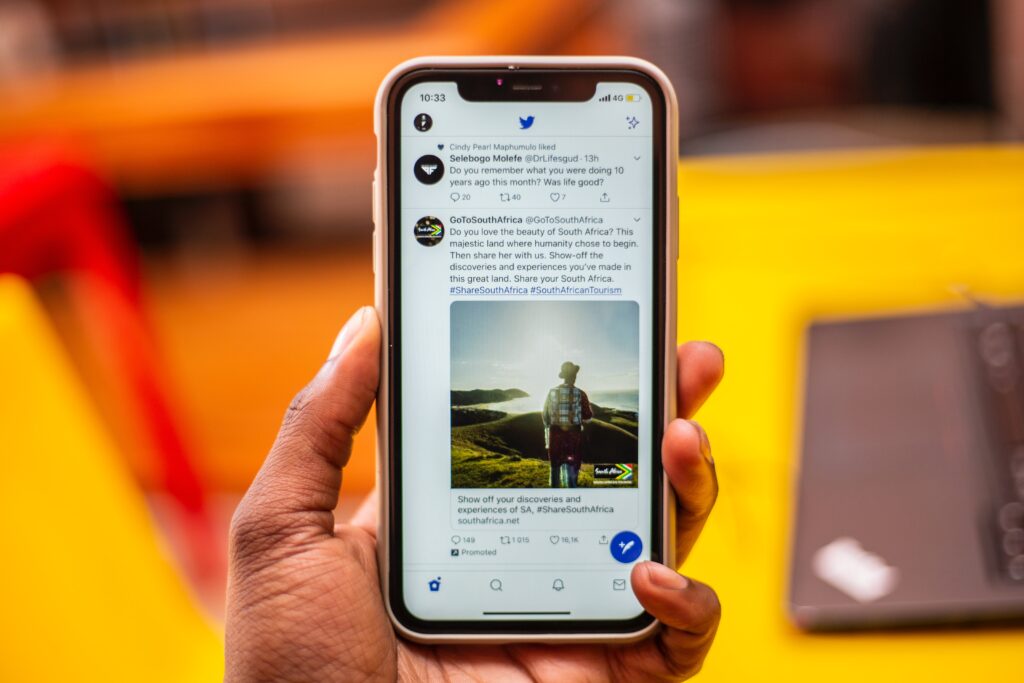Unforgotten Brands: Boroline – The Symbol of Independence

Boroline quickly became a unifying force in pre-independent India. In little time at all, the moss-green tube had become an iconic symbol.
To treat their children’s cuts, cracked lips, and rough skin and infections, generations of Bengali families have relied on Boroline, a scented cream that has a long history of usage in the medical and cosmetic industries.
This is how it goes. Gour Mohun Dutta, a savvy businessman in Kolkata, had earned a tidy profit by importing English-manufactured cosmetics.
The partition of Bengal in 1905 triggered a surge of Swadeshi sentiment in the area. The Indian independence movement from British control was complex. Instead of protesting and agitating, some aimed to build the Indian economy and the nation as a whole so that it might gain independence. As a result, in 1929, Gourmohon Dutta set up GD Pharmaceuticals, a firm dedicated to manufacturing pharmaceuticals that were on par with the high quality of those imported at the time.

It all started with the fabrication of an inexpensive, 25 kg hand-held churner and mixing boric acid, zinc oxide and lanolin as the primary components. This enriching formula was suitable for all skin types and ages. Boric acid is an antiseptic, lanolin, that soothes cuts, rough skin, and infection, and zinc oxide is a sunscreen and astringent.
In the middle of the night, his wife, Kamala Bala, and children would churn the cream and pack it into the tin pots he would carry to his store in Burrabazar’s business district. The brand name Boroline a portmanteau combining boric acid and lanolin — was an instant hit.
In 1929, a great deal of thought went into the design of the logo. To be an elephant is to have a sense of security and inner power. Elephants are also considered lucky in many cultures. Boroline adopted the elephant as their emblem, hoping it would bring good fortune and prosperity. The logo was an instant hit. Boroline is still known as ‘Hatiwala cream’ in rural India (cream with the elephant logo).
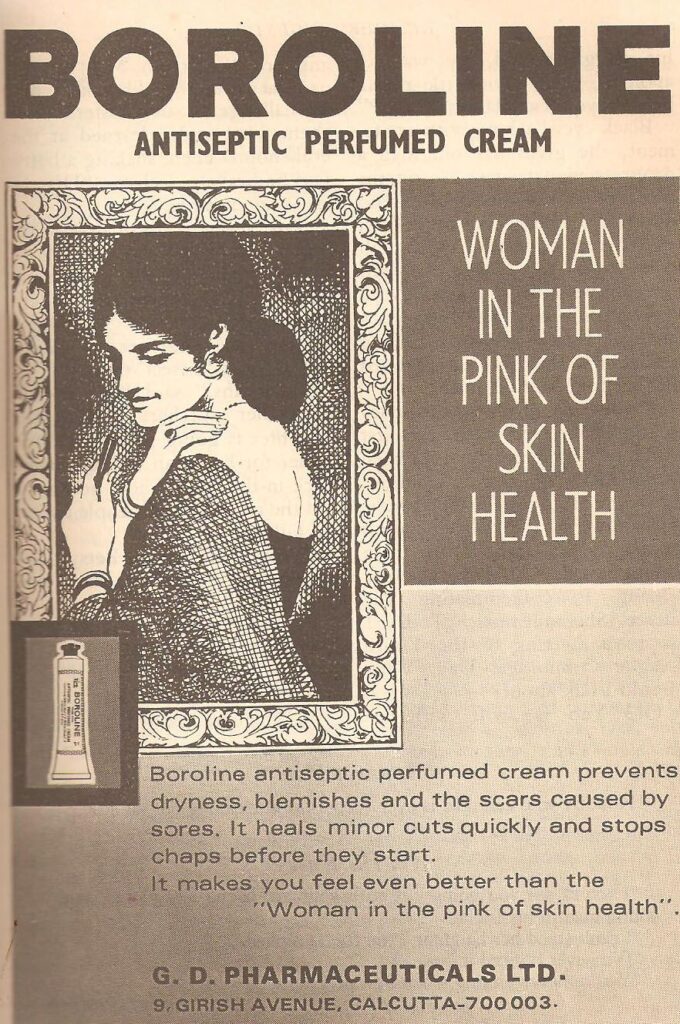

As the brand’s popularity grew, it `symbolised economic independence in a country still under British colonial control.
Word-of-mouth was the primary method of promotion. Gourmohan, on the other hand, had a keen eye for business growth and marketing. Tin plates with the company’s name and emblem were fastened to trees when he went on pilgrimages. The second blitz occurred on July 4, 1947, the day of the country’s independence. All newspapers were asked to print an ad in which the corporation offered free samples in return for newspaper cuttings. It was a massive distribution day in Calcutta, with 1,000,000 samples being handed out.
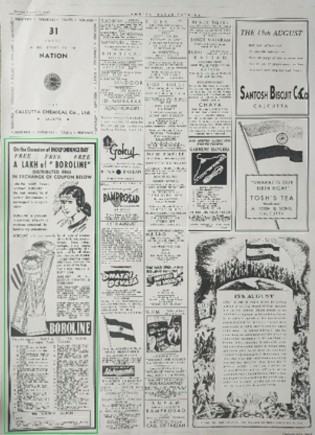
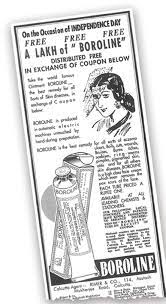
The green tube is full of tales like this one—Bela, the late Gour Mohun’s daughter-in-law who had assumed control of the firm when his son Murari Mohun died abruptly at 56, is an example of this. Between 1986 and 1991, G D Pharmaceuticals had its most challenging period. They were losing a lot of money, but she kept the firm on track and made it. It wasn’t an easy task. The firm sold 13,18,450 kg of Boroline in 2018-19, generating 159.35 crore rupees.
The legacy music of Boroline’s jingle was composed by the legendary pianist and musician V. Balsara, with lyrics by Pulak Bandopadhyay and sung by Srabanti Majumdar.
